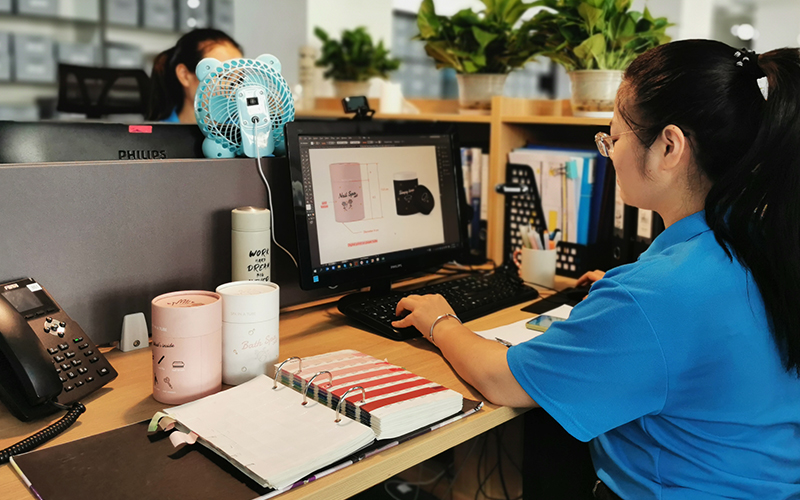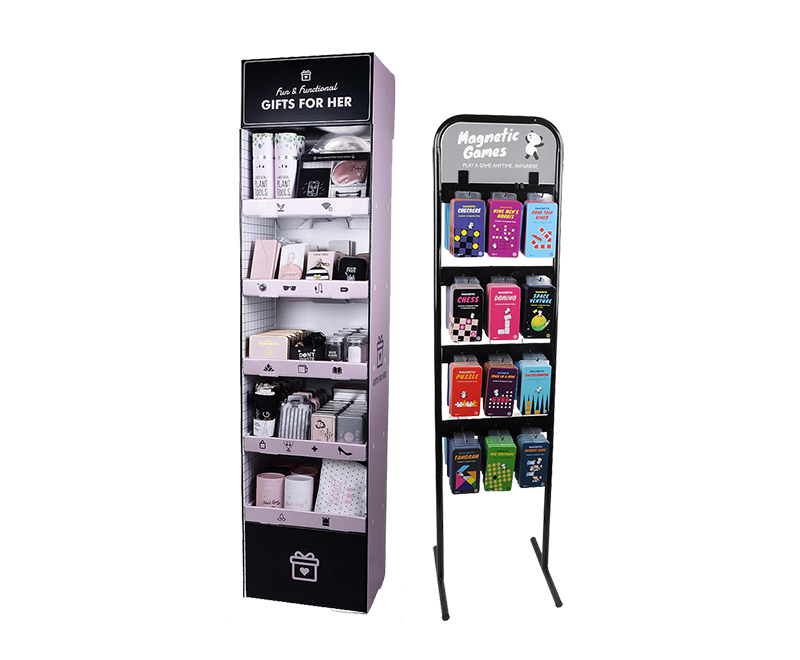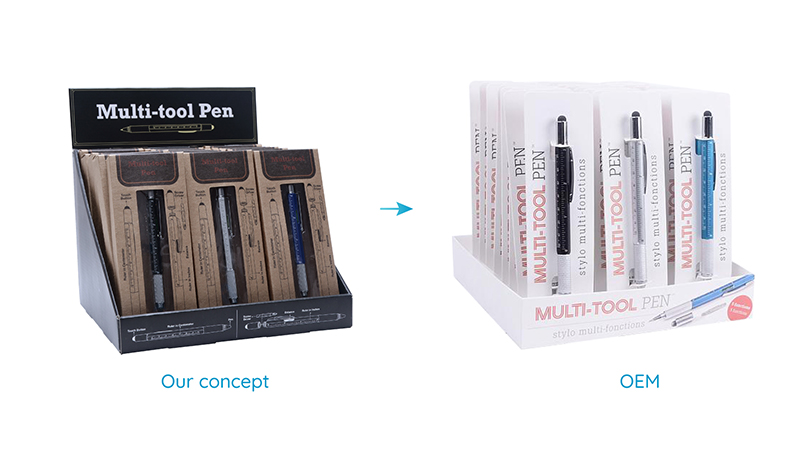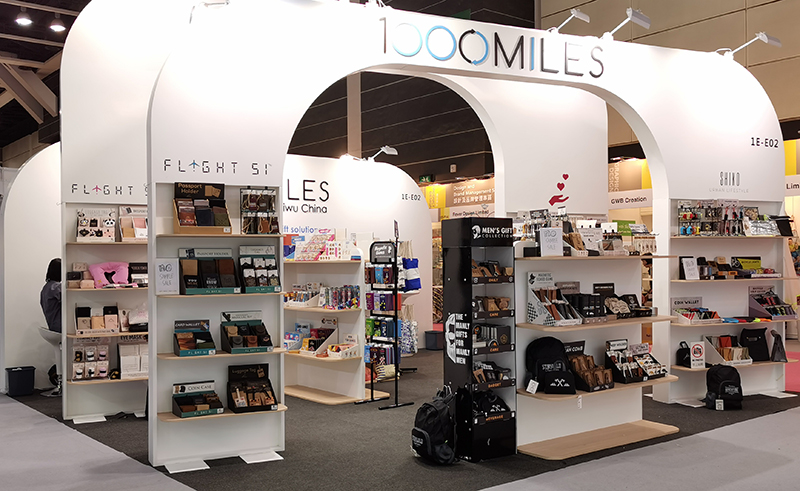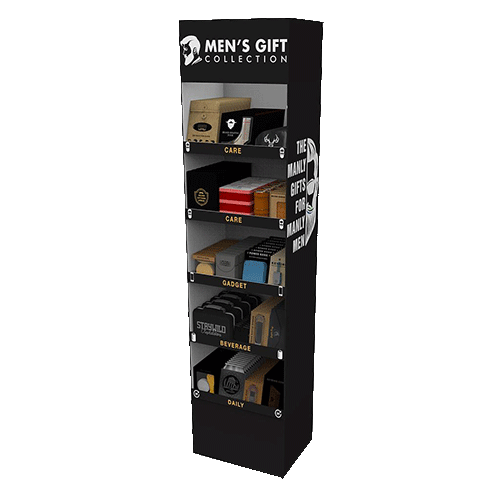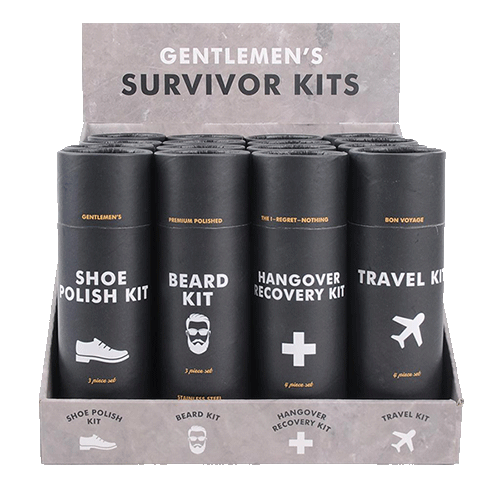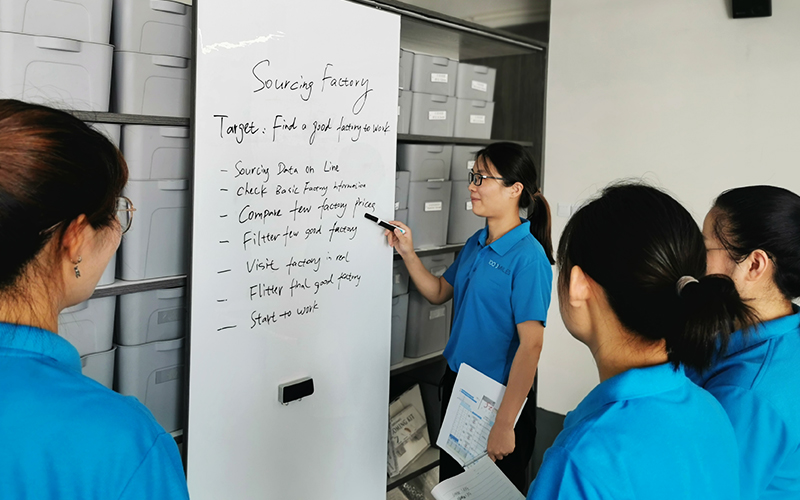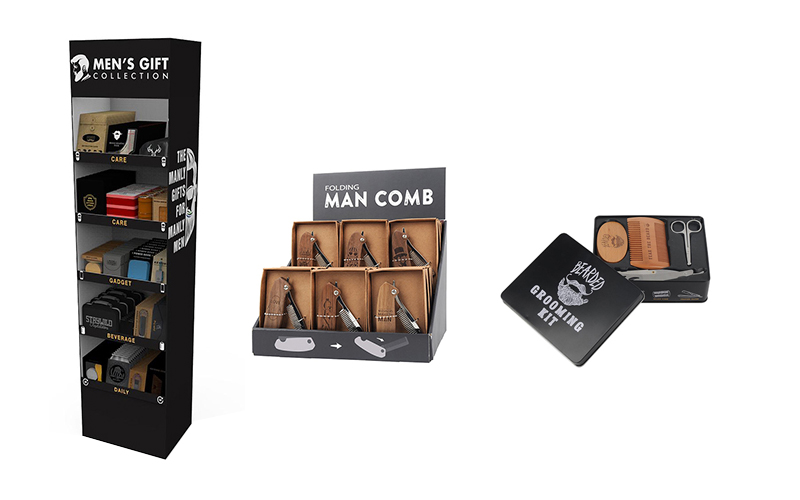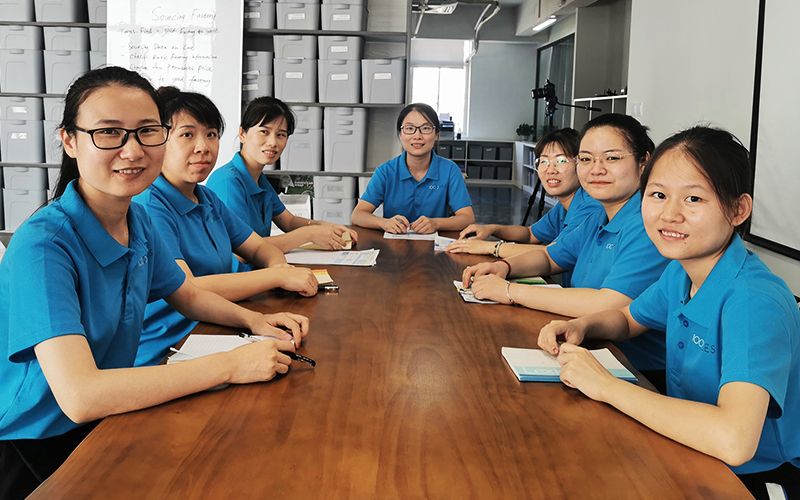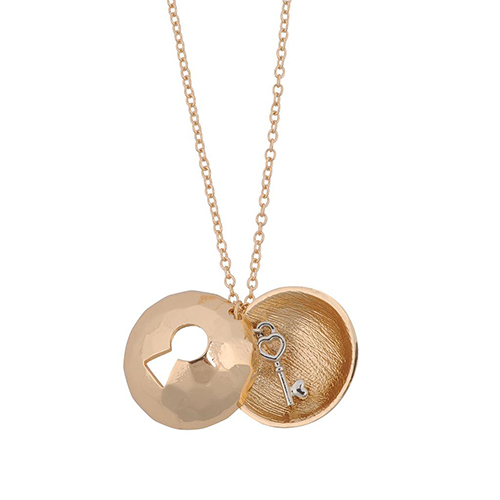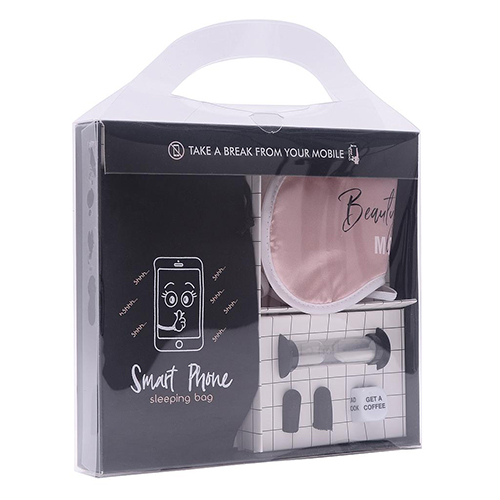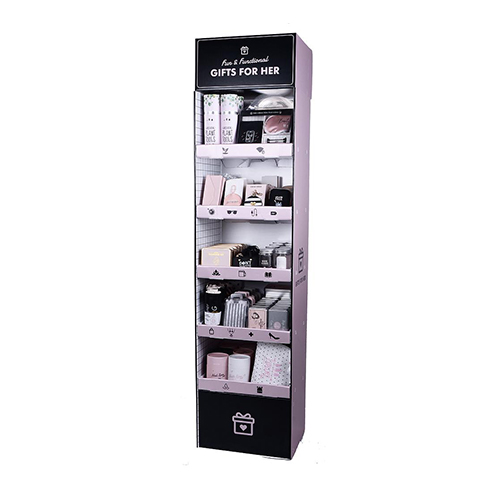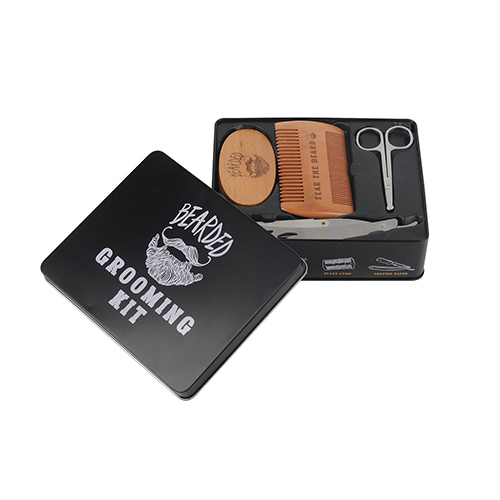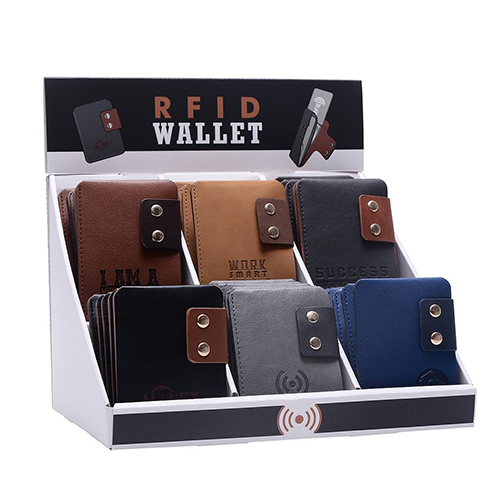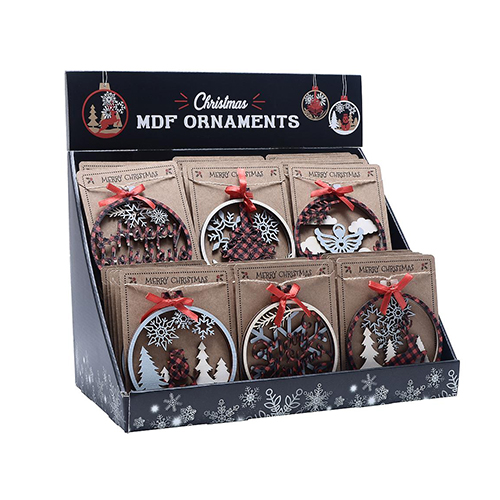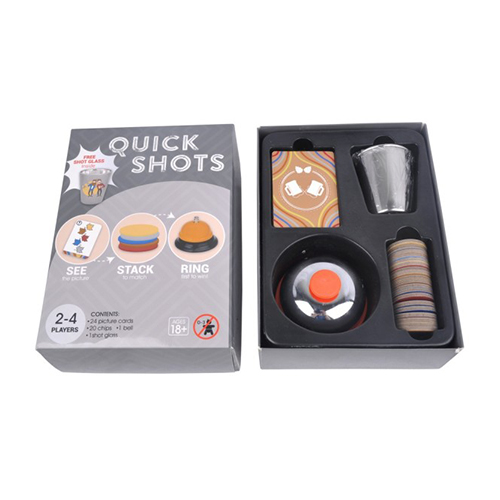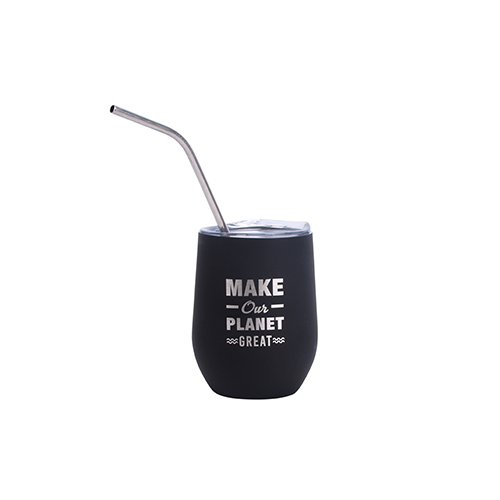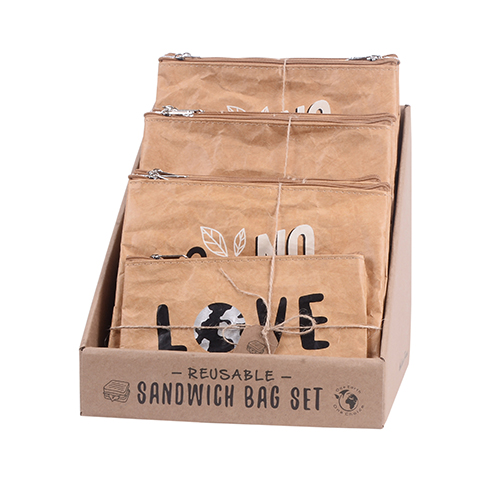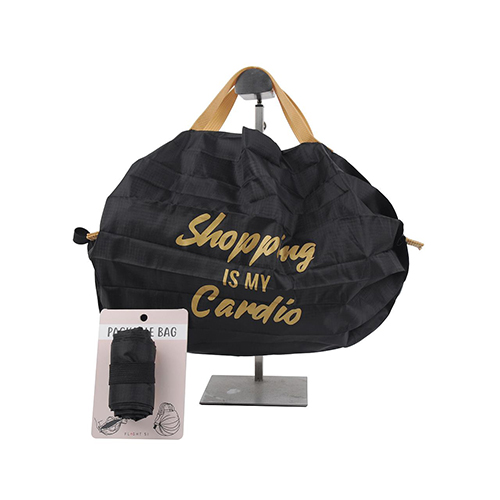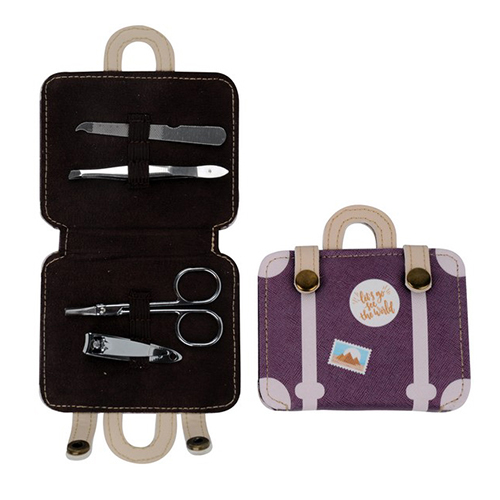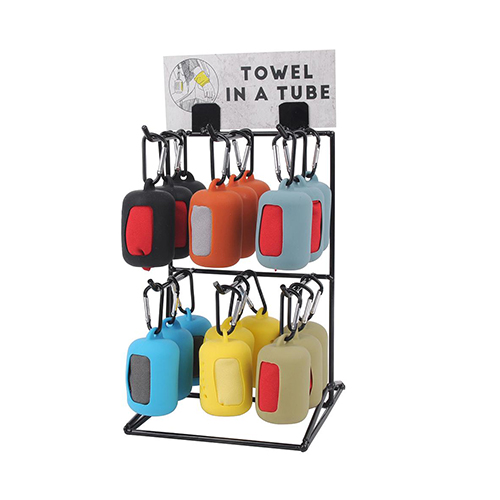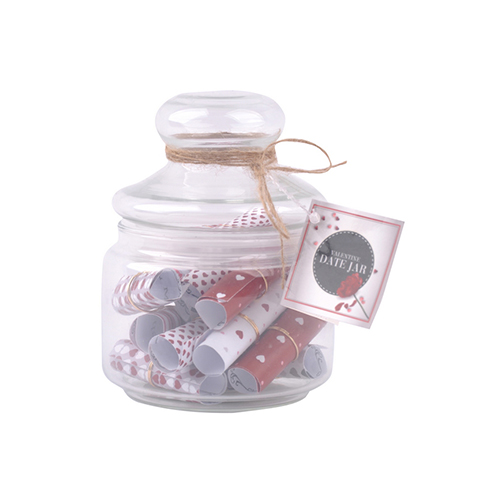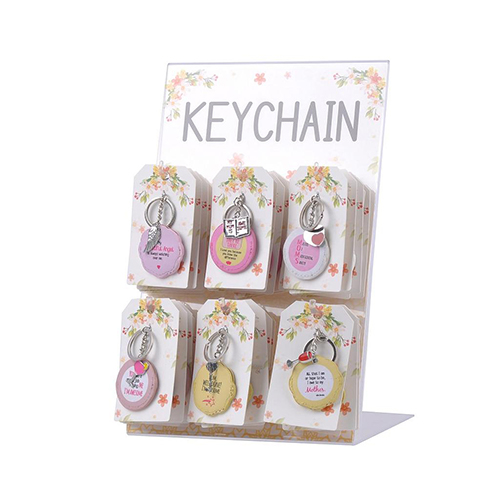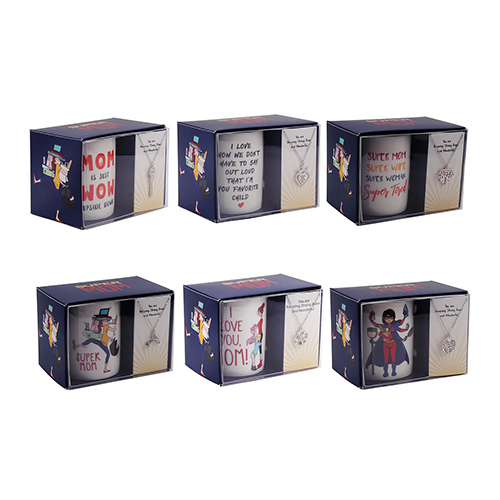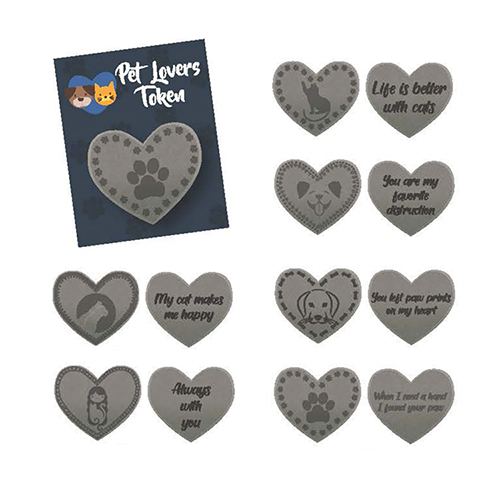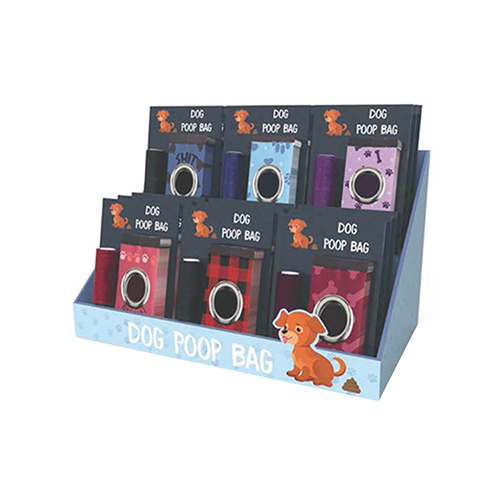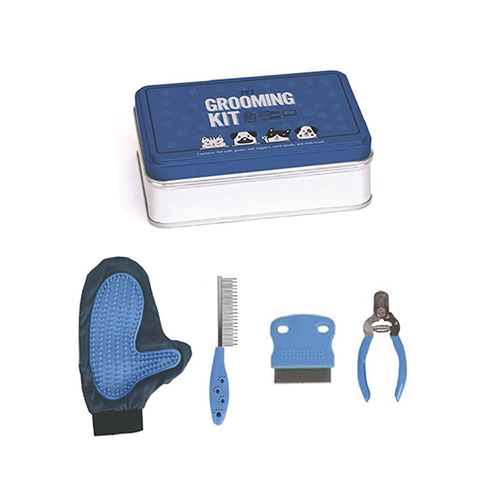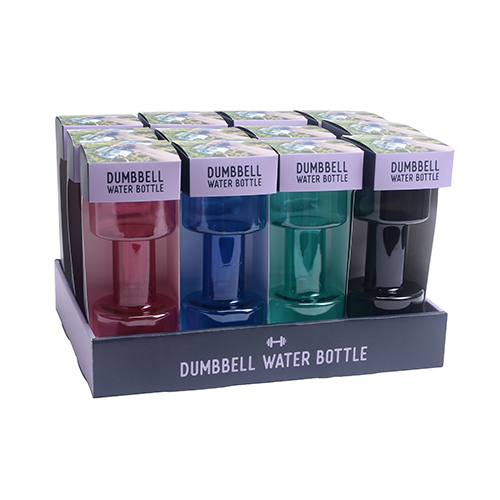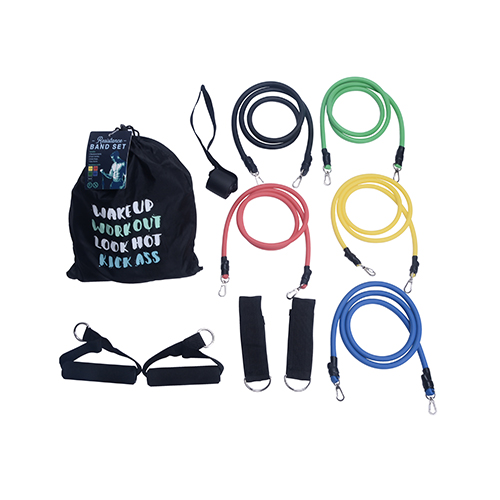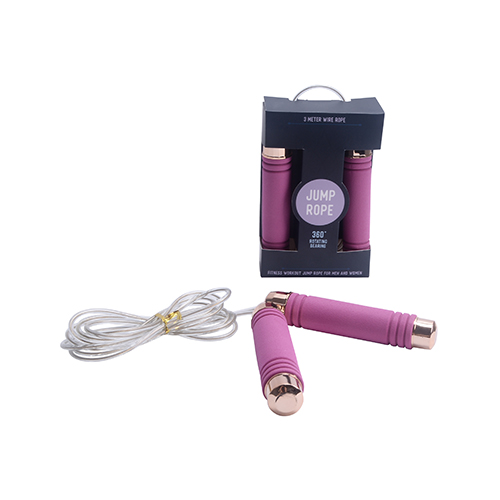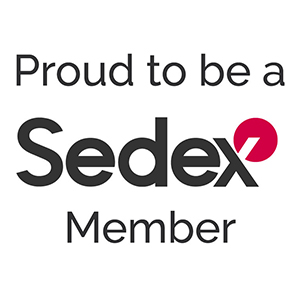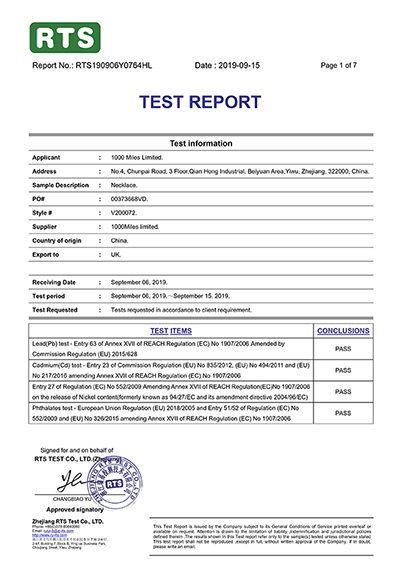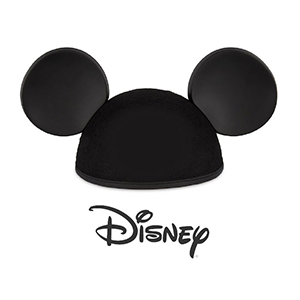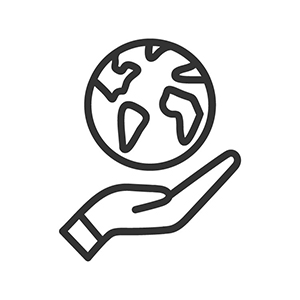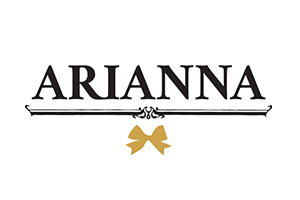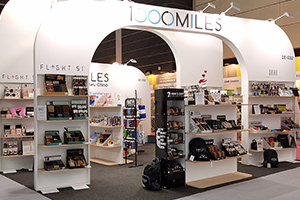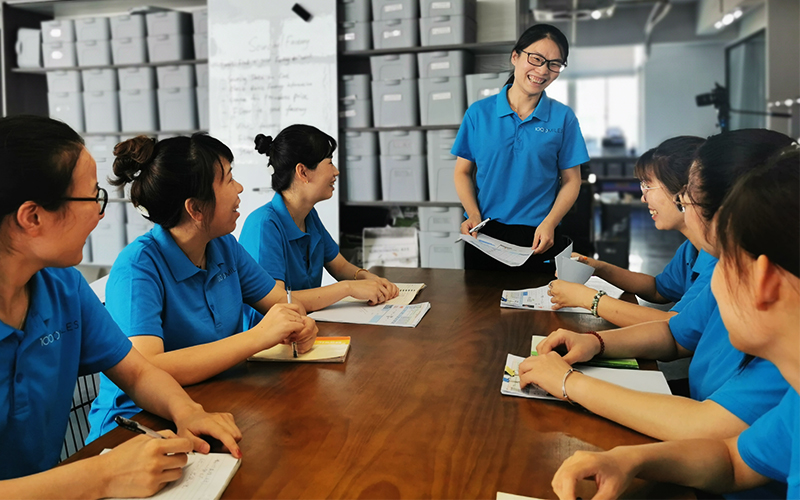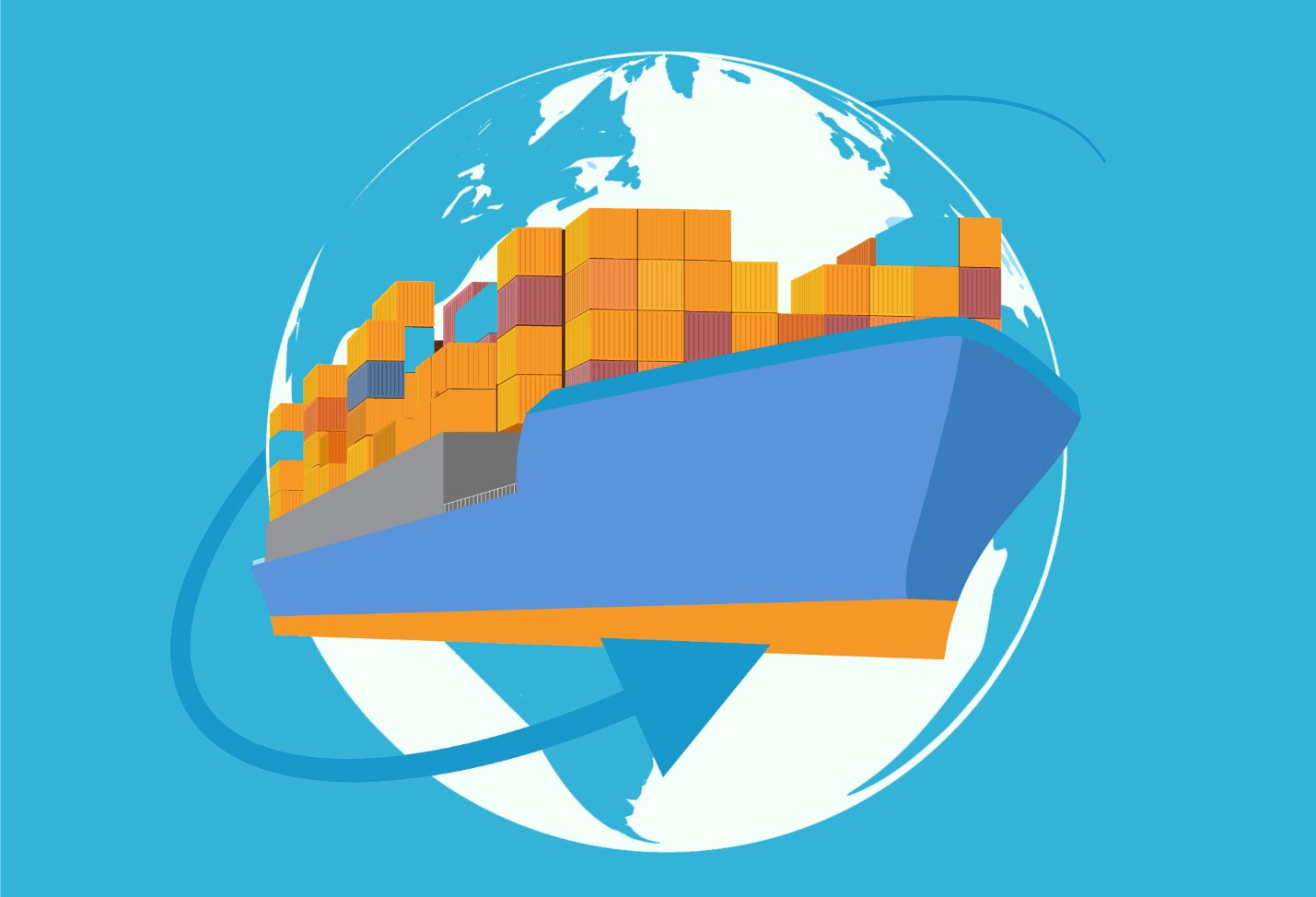


Suppose you live in New York and you order a product online from a seller which is based in New Jersey.
What normally happens is that once your order is confirmed, the seller packs your item then transports it to the distribution center in New Jersey. After that it will then be forwarded to the place of destination’s distribution center which is in New York. Now the distribution center in New York finally delivers the items to your home.
It may sound complex but it is actually simple when it comes to forwarding items within one country.
However, shipping internationally is another story.
A lot of variables need to be considered when shipping items from one country to another.
Starting with the export trucking, customs clearance, origin port, destination port, ocean freight, import trucking, and so on – there sure is a lot of parties involved.
There are different ways of shipping items internationally. To be able to understand it better, an organization called International Chamber of Commerce (ICC), created a language or agreement between sellers and buyers called INCOTERMS.
Before I proceed explaining Incoterms, let me introduce first some of the terms we will be using and how international trading usually works.

Glossary:
- Seller’s Factory – Place where goods come from.
- Export Trucking – Vehicle that transport goods going to the Origin Port.
- Customs Export Clearance – Obtaining permission from exporting country to take the goods out of the country.
- Origin Port – Where goods are taken to be placed inside the vessel.
- Ocean Freight – Actual transporting of goods crossing an ocean/sea/inland water.
- Destination Port – Port at the importing country where goods are taken out of the ship.
- Customs Import Clearance – Process of obtaining permission from the importing country to take the goods inside the country.
- Import Trucking – Vehicle that transports goods going to the Destination Place/Buyer’s Warehouse.
- Buyer’s Warehouse – Location where the buyer wants the goods to be taken to. Usually in their warehouse or can be in a different place.
This is what usually happens during and international trade:
It starts with the goods being packed in the seller’s factory or warehouse. It will then be transported by an export trucking towards origin port.
Before the goods can be loaded to the ship, it needs to pass export customs clearance first.
After being given the clearance, the goods will then be taken inside the ship. The ship then travels and arrives at the destination port.
Upon arrival, the goods will be taken out of the ship and import customs clearance will take place. After it’s cleared, it will then be loaded into an import trucking that will finally take the goods to the buyer’s warehouse.
The overall process is generally similar to this especially during ocean freight. But sometimes cases differ depending on where the goods come from and where it will be taken. Air cargo is also commonly used for transferring goods from one country to another and the process is somehow similar but may differ in some instances.
Because of these processes, a lot of things or problems might come up between the seller and the buyer with regards to taking responsibilities.
Say for example an export trucking got into an accident before it could reach the port. All the goods inside were damaged. Whose responsibility will that be? Seller? Or Buyer?
It depends.
That’s where incoterms come in.
What are INCOTERMS?
Incoterms, short for International Commercial Terms, are set of rules and regulations that is set by the ICC (International Chamber of Commerce) to define which tasks, cost, documentations, and responsibilities are associated to the seller or buyer with regards to international trade.
There are 11 terms in the most recent version, which is INCOTERMS 2020 but, in this blog, I will be explaining only four (4) of the most common terms used which is the EXW, FOB, CIF, and DDP.
1. EXW – Exworks

In this term the seller makes the goods available at a specified location, usually at the seller’s factory. The buyer will then bear all the costs, risks, documentations, and responsibilities associated for onward transportation until it reaches its destination.
The seller’s responsibility here is ensuring the goods are packed properly. If anything happens with the goods along the way, it will be the responsibility of the buyer.
So, if an export trucking gets into an accident before it could reach the port and all the goods are damaged, it will be the buyer’s responsibility in EXW terms.
When a manufacturer gives you a quotation on EXW terms, it means the cost included are basically intended for the price of the goods only. It does not include delivery charges.
This term can be also used for any mode of transport – sea/inland waterway or land transport.
2. FOB – Free on Board

This term is by far the most commonly used among international traders and it is applicable only for sea and inland waterway transport.
This means that the seller bears all the costs, risks, documentations, and responsibilities up until all the goods are loaded on board the ship.
The good thing about this term is that the seller is responsible for customs export clearance and all other documentations in the country of origin – which is easier for them to manage since they are more familiar with such process in their country.
If anything happens with the goods before it is loaded on the ship, it will be the seller’s responsibility.
In FOB terms, if an export trucking gets into an accident before it could reach the port and all the goods are damaged, it will be the seller’s responsibility.
3. CIF – Cost, Insurance & Freight

CIF is somewhat similar to FOB but in this term, the seller will shoulder the cost for the insurance and the ocean freight fee.
Though the seller pays for the freight and insurance, the risk will still be borne by the buyer once the ship departs from the origin port.
Say for example a buyer orders from a seller on CIF terms. The seller incurs all cost, risks, documentations, and responsibilities starting from their factory including ocean freight fee and insurance.
But along the way, while ship is traveling going to the destination port, it encountered a machine problem and it sank. With this, all the goods inside the ship are damaged and some were lost at sea. Since its on CIF terms, the buyer will still assume the cost of the damaged goods.
4. DDP – Delivery Duty Paid

In this Incoterm, the seller is responsible for all the costs, risks, documentations and responsibilities in the delivery of the goods right until it reaches buyer’s destination or in most case in the buyer’s warehouse.
This term can be used for any mode of transport – ocean/water, road, or air. This also means that the seller is responsible for both export and import customs clearance.
Therefore, if anything happens with the goods before it reaches the buyer’s warehouse, or any destination place specified, it will be the sole responsibility of the seller.
Knowing the Incoterms or at least be familiar with, is important especially when dealing business internationally – whether you are the seller or the buyer.
By knowing these terms, you will be able to reduce the risks of having miscommunication with your business partners thus lessening potential impact on cost when problems arise. It will also give you competitive advantage if you know which terms best suit your business.


